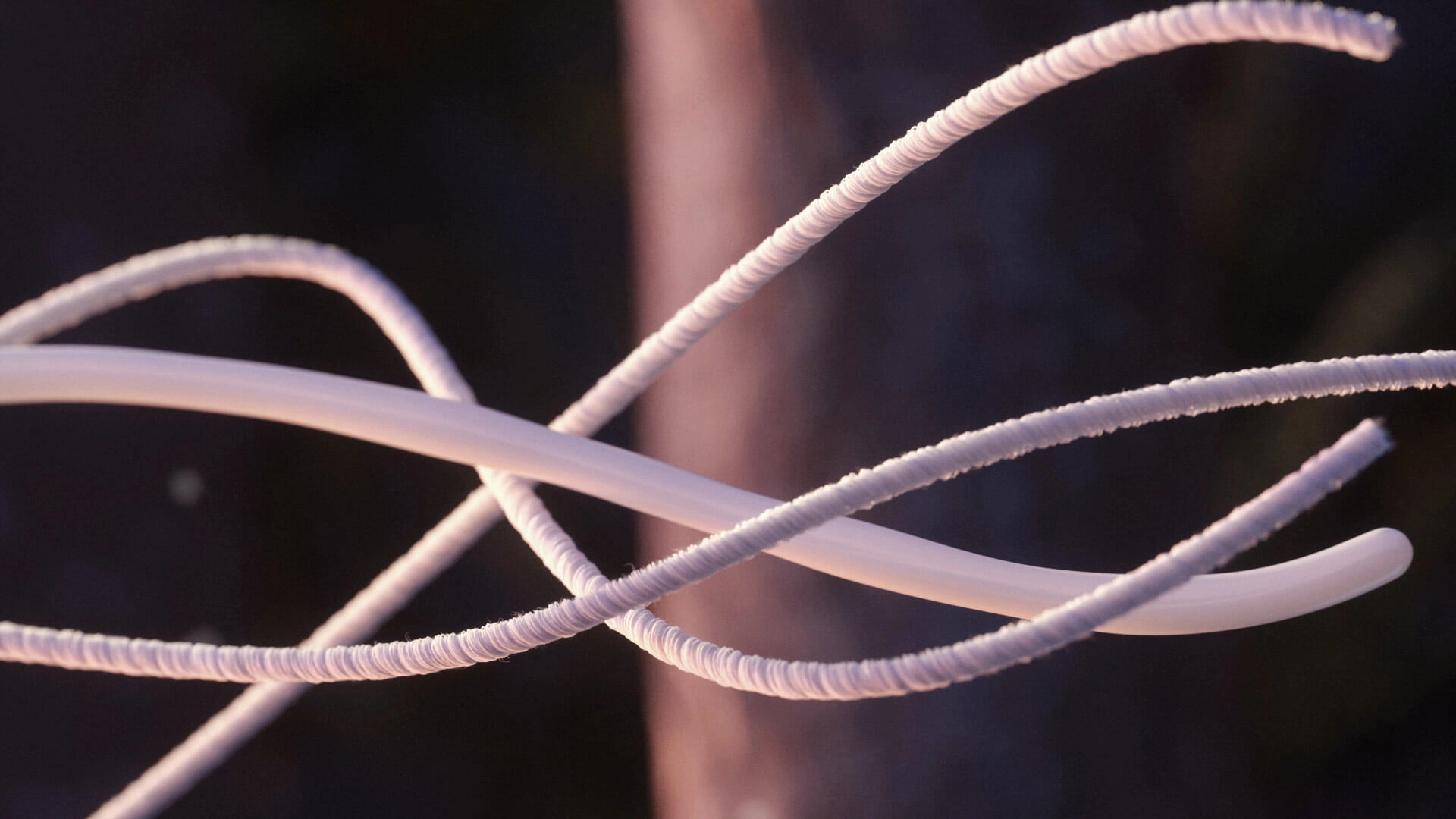Every year, approximately 150 billion garments are produced, with nearly 85% of them ending up
in landfills or being incinerated. It is estimated that about 60% of fibres used in clothing are synthetic, meaning they
are derived from fossil fuel which can take hundreds of year to degrade. This textile waste is
nothing but the byproduct of flawed design choices.
COREVA™ is our solution. It is the only real alternative to synthetic fibres – a unique technology
that allowed Candiani, a historic Italian denim producer, to create the first stretch compostable jeans in the world. COREVA™ holds regenerative stretch at its core, allowing it to compost in just four months and, in doing so,
improve plant germination rates up to 4.4% and plant growth rates by up to 22%*. From fabric to plant,
Coreva Design holds regenerative power at its core. The kind of power needed to stretch the
status quo of the industry for good.
*Tests were conducted according to methods of ISO 16929:2019 and EN 13432:2000 Annex E/AC:2005.

"Your" denim is a masterpiece of Italian craftsmanship. Its production process happens entirely in Italy, starting with spinning, dyeing, and weaving the yarns, which have been perfected by Candiani Denim over four generations and almost 90 years. Coreva Design bears the handprint of Luigi, Primo,
Gianluigi, and today Alberto Candiani, who, from the natural oasis of Ticino Park, have been
developing jeans that respond to the unique social and environmental needs and challenges of
their respective eras. Alberto’s journey in the development of COREVA™ began with intuition.
He was at a food kiosk in Robecchetto and saw a sandwich wrapped with an interesting elasticized string behind the counter. He found out that it was made from natural materials and wondered if it could be used to make denim. After five years and thousands of hours of extensive research, the COREVA™ technology was finally developed.

How does Coreva Design contribute to a circular economy?
The material does a lot, but it is not the only element we take into account.
